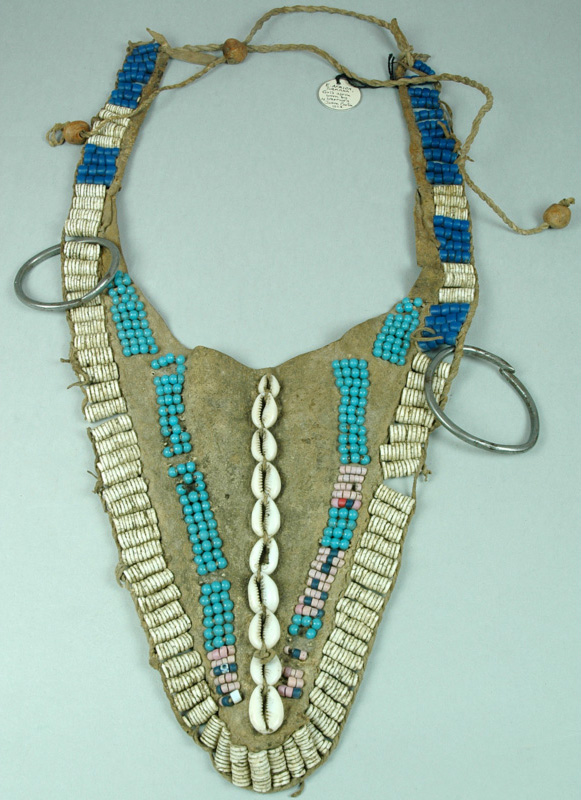Puberty
 Turkana girl's apron from Kenya
Turkana girl's apron from Kenya
In anthropological terms, most rites of passage have three distinct phases: the separation phase, an ambiguous or 'in-between' stage, and the reincorporation stage. An example of this is the kinaaldá, the traditional coming-of-age rite of the Navajo Nation of the American southwest. Proper recognition of a girl's status is important in the matrilineal Navajo society and the occasion of a girl's first period is considered sacred and a time for rejoicing. The girl is separated from the main group for five days and four nights, and this has variously been interpreted as an announcement of her new ability to bear children (and, therefore, eligibility for marriage); to protect the community against the volatile power of menstrual blood; and to teach the girl about being an adult. An older woman (not her mother) accompanies her to act as her instructor, and the night of her return is marked by those assembled in the singing of special songs.
Another feature of initiation may be body modification, taking the form of scarification, tattooing or circumcision, among others. Male circumcision is the removal of the foreskin from the penis and is practised widely around the world for religious and cultural reasons. Among Jewish cultures it is carries out soon after birth but among the Kikuyu and Tiati Pokot peoples of Kenya, it marks the end of childhood. Female circumcision is less common but is still practised in some African and Arab cultures. The two are quite different in their meanings, male circumcision often functioning as a test of manhood, and female circumcision effecting social control over a girl's sexual behaviours.
